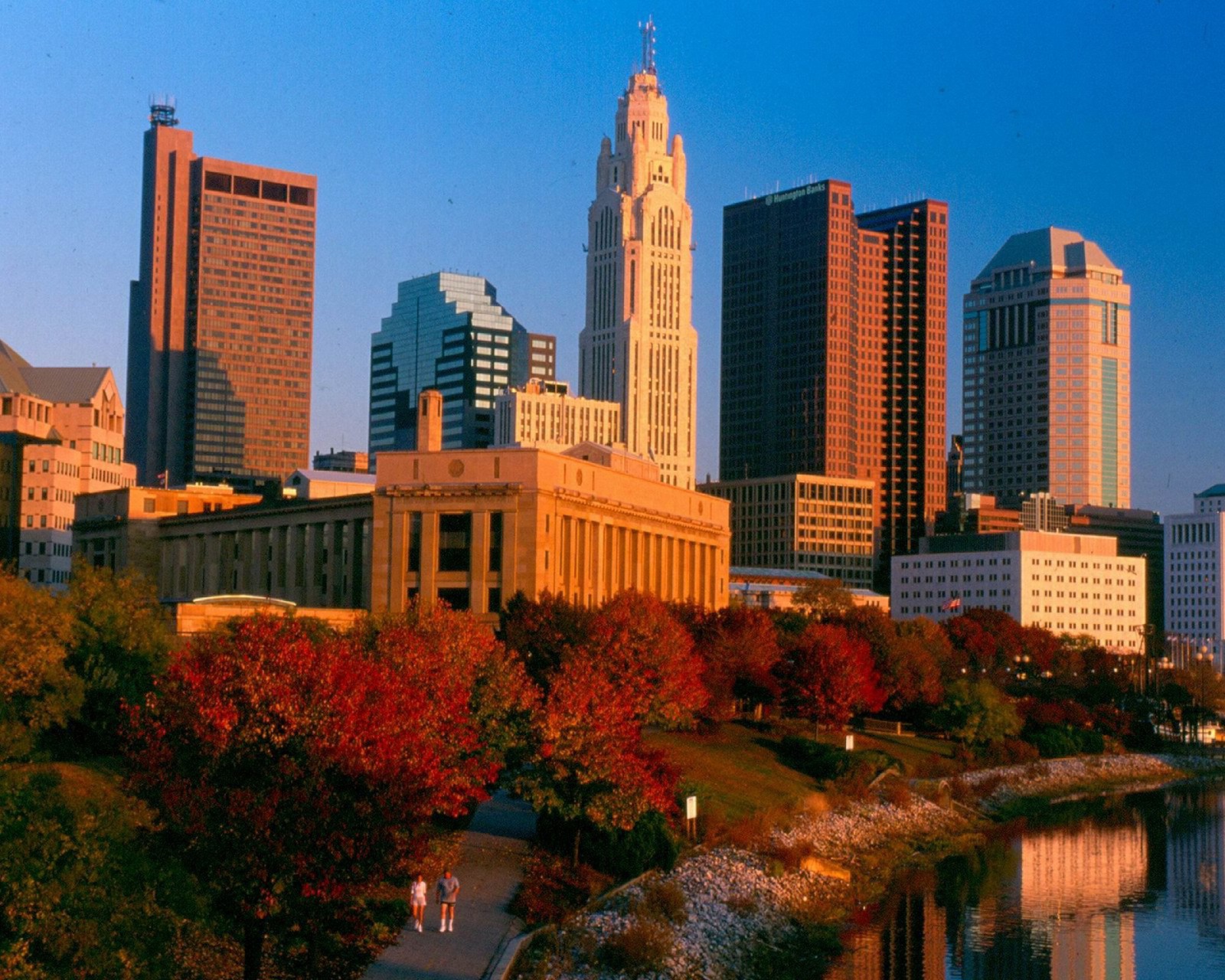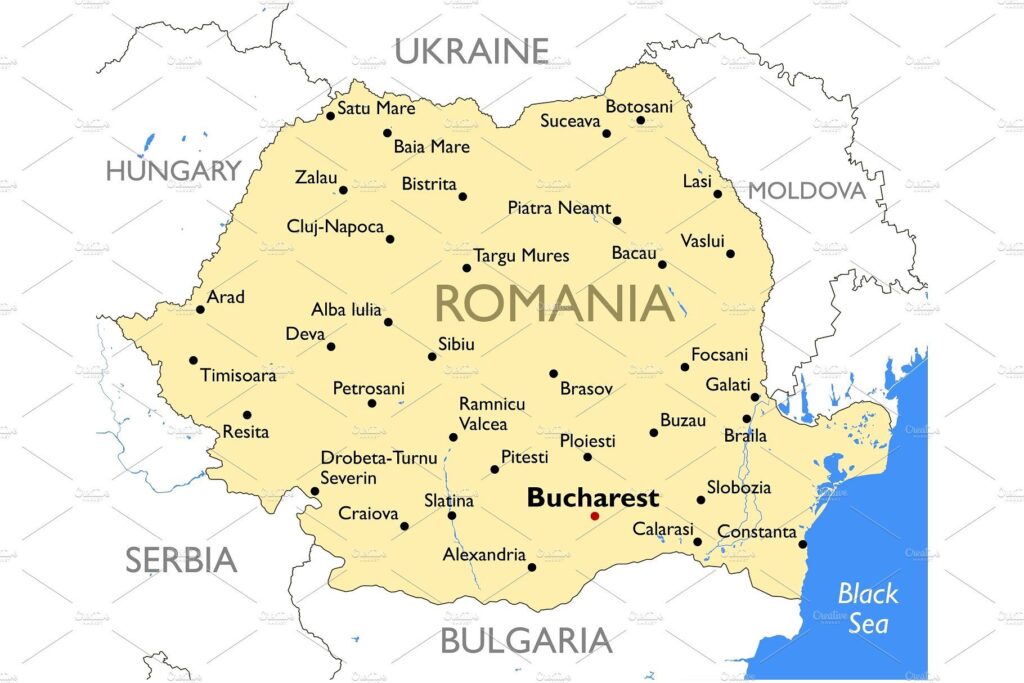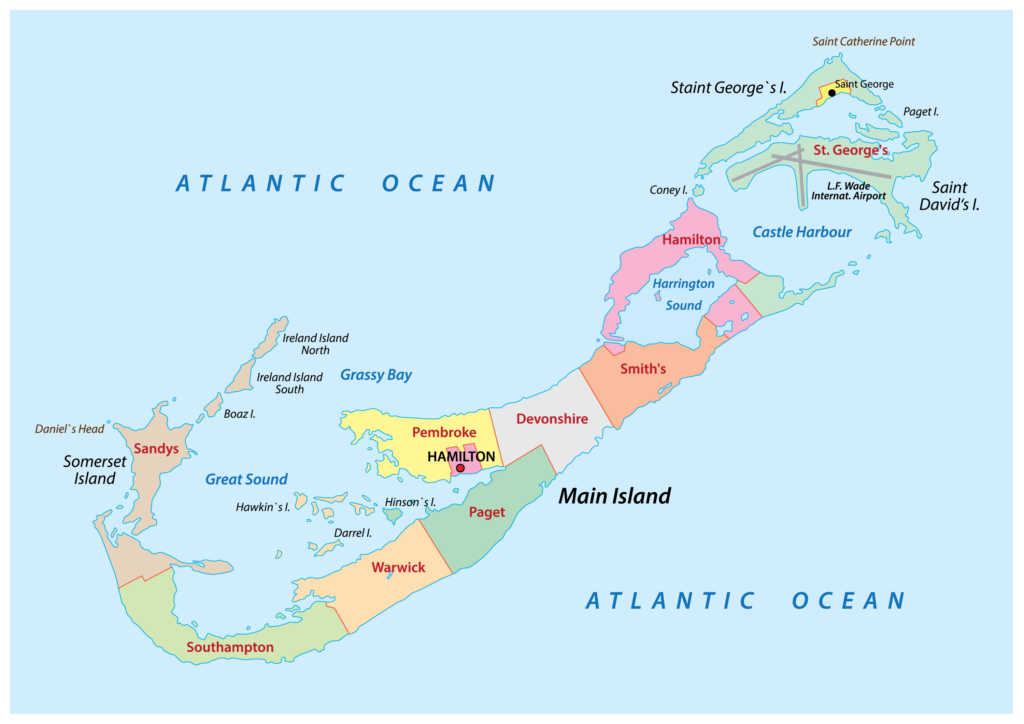Ohio, situated in the Midwestern United States, is a state known for its diverse geography, rich history, and vibrant culture. This comprehensive guide provides an in-depth exploration of Ohio’s maps and facts, covering its geography, history, economy, culture, and more.
Introduction to Ohio
Ohio, often referred to as the “Buckeye State,” is located in the Great Lakes region of the United States. With a diverse landscape that includes rolling hills, fertile plains, and scenic lakeshores, Ohio offers a range of attractions for residents and visitors alike.
Geographic Overview
Physical Geography
Ohio is characterized by its varied geography, encompassing three distinct regions: the Lake Erie Shoreline, the Till Plains, and the Appalachian Plateau. The state’s highest point is Campbell Hill, reaching 1,549 feet (472 meters) above sea level.
Climate
Ohio experiences a humid continental climate, with hot summers, cold winters, and moderate precipitation throughout the year. The northern regions tend to be slightly cooler than the southern areas, and lake-effect snow is common in the winter along the shores of Lake Erie.
Political and Administrative Divisions
Counties and Regions
Ohio is divided into 88 counties, each with its own county seat and local government. The state is further grouped into several regions, including Northeast Ohio, Central Ohio, Southwest Ohio, and Southeast Ohio.
Major Cities
- Columbus: The state capital and largest city, known for its diverse economy, vibrant arts scene, and renowned educational institutions.
- Cleveland: Located on the shores of Lake Erie, Cleveland is a major industrial and cultural hub, home to the Rock and Roll Hall of Fame and numerous museums and theaters.
- Cincinnati: Situated along the Ohio River, Cincinnati is known for its historic architecture, thriving arts community, and rich cultural heritage.
- Toledo: A port city on the western shores of Lake Erie, Toledo is known for its glass industry, waterfront parks, and cultural attractions.
Historical Background
Native American Settlements
Prior to European colonization, Ohio was inhabited by various Native American tribes, including the Shawnee, Miami, and Wyandot. The region’s fertile soil and abundant natural resources made it an attractive area for settlement and trade.
Early European Exploration and Settlement
European exploration of Ohio began in the 17th century, with French and British traders establishing trading posts and alliances with Native American tribes. The Treaty of Paris in 1763 ceded control of Ohio to the British, but after the American Revolution, the region became part of the United States.
Statehood and Development
Ohio became the 17th state to join the Union on March 1, 1803. The state played a significant role in the abolitionist movement and the Underground Railroad, assisting enslaved people escaping to freedom. Ohio also emerged as a major industrial center in the 19th and 20th centuries, particularly in steel production, manufacturing, and transportation.
Economy
Key Industries
Ohio has a diverse economy, with key industries including manufacturing, healthcare, education, and agriculture. The state is a leading producer of machinery, transportation equipment, chemicals, and plastics.
Agriculture
Agriculture plays a significant role in Ohio’s economy, with the state’s fertile soil supporting a wide range of crops and livestock. Key agricultural products include soybeans, corn, wheat, dairy products, and poultry.
Manufacturing
Manufacturing has long been a cornerstone of Ohio’s economy, with the state’s industrial sector producing a wide range of goods, including automobiles, steel, machinery, and aerospace components. Major manufacturing centers include Cleveland, Akron, Dayton, and Toledo.
Culture and Heritage
Arts and Entertainment
Ohio boasts a vibrant arts and entertainment scene, with numerous theaters, museums, galleries, and music venues throughout the state. The Columbus Museum of Art, Cleveland Museum of Art, and Cincinnati Art Museum are among the state’s cultural treasures.
Sports
Ohioans are passionate about sports, with professional teams in baseball (Cleveland Guardians and Cincinnati Reds), football (Cleveland Browns and Cincinnati Bengals), basketball (Cleveland Cavaliers), and soccer (Columbus Crew).
Cuisine
Ohio’s cuisine is influenced by its diverse cultural heritage, with dishes reflecting German, Italian, Irish, and African American traditions. Popular regional specialties include Cincinnati chili, Cleveland pierogies, and Columbus-style pizza.
Natural Attractions
National Parks and Forests
Ohio is home to several national parks and forests, including Cuyahoga Valley National Park, which offers hiking, biking, and scenic train rides along the Cuyahoga River.
Lakes and Rivers
Lake Erie, one of the Great Lakes, forms Ohio’s northern border and provides opportunities for fishing, boating, and beach recreation. The Ohio River, which forms the state’s southern border, is a popular destination for river cruises and water sports.
What are 5 interesting facts about Ohio?
Ohio is the birthplace of aviation pioneers, the Wright brothers, and eight American Presidents. It’s also home to the Rock and Roll Hall of Fame, Cedar Point amusement park (known as the “Roller Coaster Capital of the World”), the Pro Football Hall of Fame, and the first professional baseball team, the Cincinnati Reds.
What is Ohio famous for?
Ohio is famous for its contributions to American history, industry, and culture. It’s known for its role in the abolitionist movement, being the birthplace of numerous U.S. Presidents, its rich industrial heritage, and as the setting for iconic films like “The Shawshank Redemption.”
What is Ohio known for geographically?
Geographically, Ohio is known for its diverse landscape, including the Appalachian Plateau, the Till Plains, and the shores of Lake Erie. It’s also characterized by its fertile farmland, rolling hills, and river valleys.
What is Ohio considered on the map?
On the map, Ohio is considered one of the Midwestern states of the United States. It is bordered by Lake Erie to the north, Pennsylvania to the east, West Virginia and Kentucky to the southeast, Indiana to the west, and Michigan to the northwest.
How did Ohio get its name?
The name “Ohio” is derived from the Iroquois word “ohiːyoː,” meaning “great river” or “large creek.” It refers to the Ohio River, which forms the state’s southern border.
What kind of place is Ohio?
Ohio is a diverse and vibrant state known for its industrial cities, picturesque rural landscapes, and cultural attractions. It offers a mix of urban sophistication and small-town charm, making it a desirable place to live and visit.
What is the climate in Ohio?
Ohio has a humid continental climate, characterized by hot summers and cold winters. The state experiences four distinct seasons, with temperatures ranging from average highs of around 85°F (29°C) in summer to lows of around 20°F (-6°C) in winter.
How does Ohio look like?
Ohio is characterized by its varied landscape, including rolling hills, fertile plains, and wooded areas. The state features numerous rivers and lakes, including the Ohio River and Lake Erie, as well as urban centers with diverse architecture and cultural landmarks.
Is Ohio a good place to live?
Ohio offers a high quality of life, with affordable housing, excellent schools, and abundant job opportunities in diverse industries. It boasts a strong sense of community, a rich cultural scene, and easy access to outdoor recreation, making it a desirable place to call home for many people.
What is Ohio’s motto?
Ohio’s motto is “With God, All Things Are Possible,” reflecting the state’s values of faith, perseverance, and optimism.
- The Real History Behind The Archimedes Dial Featured In Indiana Jones! - August 19, 2024
- The March Of The 10,000 Greek Hoplites! - August 19, 2024
- Succession Of The Roman Empire! - August 17, 2024





